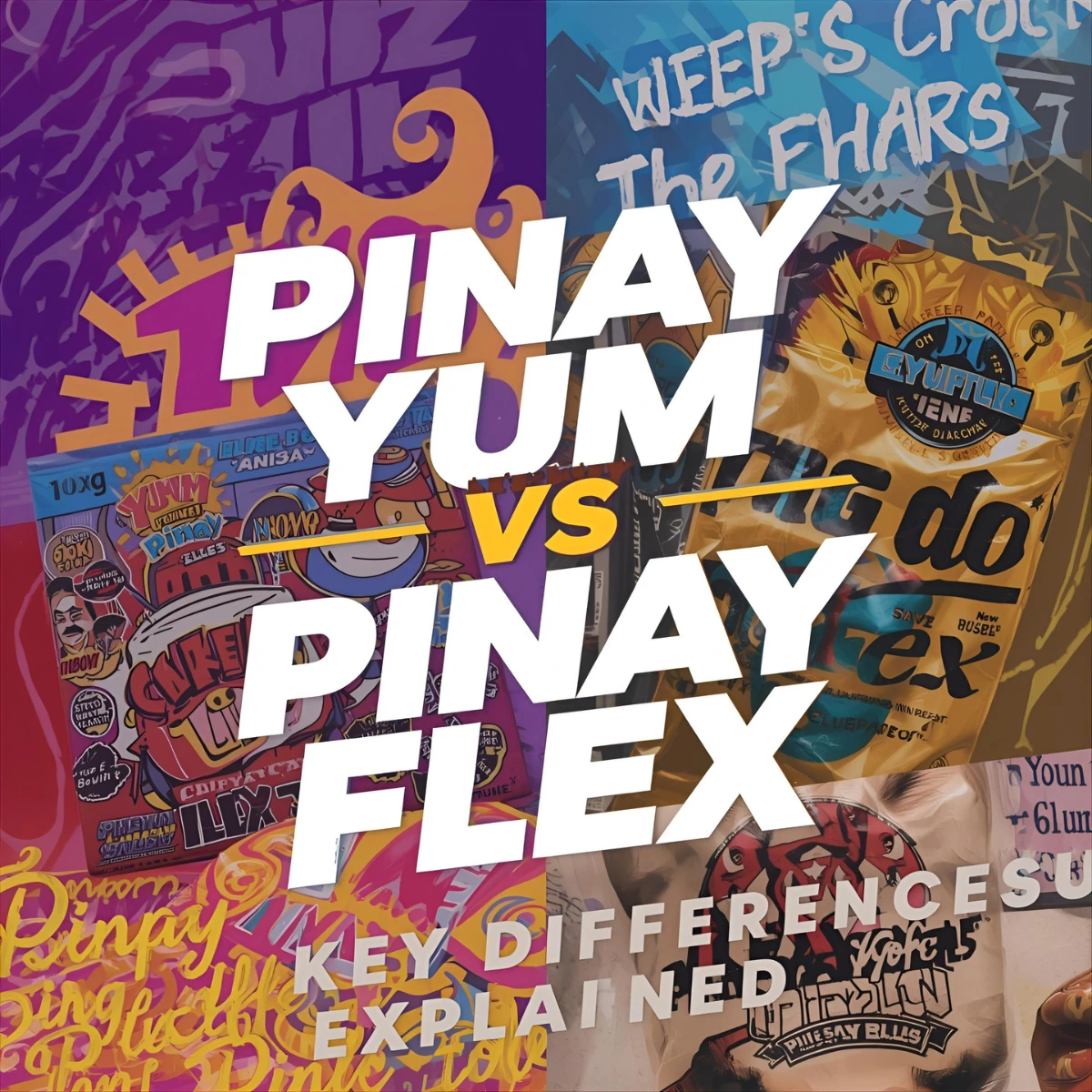What is Betamax Food?
If you stroll through the vibrant streets of Manila at night, the smoky scent of grilled street food fills the air. Among those delicious aromas is betamax food, a classic Filipino snack made from coagulated chicken or pig blood. The name “betamax” comes from its rectangular shape that looks like the old video tape format. Locals have enjoyed it for decades as part of their street food culture.
Betamax food isn’t just about taste. It’s about experience. Vendors skewer the dark cubes on bamboo sticks, grill them over hot charcoal, and serve them with vinegar, chili, and garlic sauce. The texture is chewy, and the flavor is slightly metallic with a smoky aroma. For many Filipinos, eating betamax brings back memories of childhood evenings spent at street stalls and neighborhood gatherings.
History and Cultural Roots of Betamax
The story of betamax food began in the 1970s when street vendors started selling affordable snacks after work hours. Filipinos are known for being resourceful. Instead of wasting animal blood from slaughterhouses, they turned it into a tasty and filling food. Over time, this simple creation became a beloved symbol of Filipino street culture.
Today, you can find betamax near schools, markets, and public parks. It stands proudly beside other favorites like isaw (grilled chicken intestines) and kwek-kwek (orange-coated quail eggs). Each of these foods reflects the Filipino way of transforming simple ingredients into flavorful dishes that bring people together.
How Betamax Food is Made
Making betamax food starts with fresh chicken or pig blood. The blood is allowed to coagulate until it becomes firm, almost like tofu. Once solid, it’s cut into rectangular pieces and skewered. These skewers are then grilled over hot charcoal, giving them that distinct smoky aroma and slightly crispy edges.
While grilling, the vendor usually brushes a mix of soy sauce, vinegar, and spices for extra flavor. It’s best eaten right off the grill, dipped into vinegar, chili, and garlic sauce. The combination of smoky, spicy, and tangy flavors makes it uniquely Filipino.
| Step | Process | Tip |
|---|---|---|
| 1 | Let the blood coagulate | Use clean, fresh blood |
| 2 | Cut into cubes | Make uniform sizes |
| 3 | Skewer with bamboo sticks | Soak sticks to prevent burning |
| 4 | Grill over charcoal | Rotate for even cooking |
| 5 | Serve with spicy vinegar | Adds flavor and kills bacteria |
How to Eat Betamax Food
Eating betamax food is an adventure. Most people enjoy it as a quick snack, standing by a street cart late at night. You dip the skewer into vinegar sauce mixed with chopped onions, chili, and garlic. Some even add a bit of soy sauce for a deeper taste.
It’s often paired with rice, beer, or a cold soft drink. The experience isn’t just about flavor—it’s social. People gather around food carts, chatting and laughing as they enjoy the smoky skewers. For travelers, trying betamax is a must-do to understand Filipino street life up close.
Flavor, Texture, and Nutritional Value
The texture of betamax food is dense and slightly rubbery, similar to firm tofu. The flavor itself is mild but takes on a wonderful smokiness from the grill. The vinegar dip cuts through the richness, creating a balance between tangy and savory.
Nutritionally, betamax is high in protein and iron, making it a surprising energy booster. However, it also contains cholesterol, so moderation is key. Always make sure the vendor practices good hygiene to avoid foodborne illness.
| Nutrient | Amount (per 100g) | Health Benefit |
|---|---|---|
| Protein | 14g | Builds muscles and repairs tissue |
| Iron | 10mg | Prevents anemia |
| Calories | 180 kcal | Provides energy |
| Fat | 8g | Source of essential fatty acids |
Where to Find Betamax in the Philippines
You can find betamax food almost anywhere in the Philippines, especially in cities like Manila, Cebu, and Davao. Street vendors set up their stalls in the late afternoon, usually near schools, markets, or transportation terminals. Prices are cheap—around ₱10 to ₱15 per skewer—making it a budget-friendly treat.
In some night markets, vendors offer modern versions like air-fried betamax or betamax served with sweet glaze. These creative takes show how Filipino street food keeps evolving while honoring tradition.
Modern Variations of Betamax Food
Today’s chefs are reinventing betamax food by combining it with modern cooking styles. Some restaurants serve it as part of fusion dishes like betamax tacos, betamax skewers with barbecue glaze, or air-fried betamax with garlic rice. Social media has also helped revive its popularity, with the hashtag #FilipinoStreetFood featuring thousands of photos from travelers and locals alike.
Even though it’s rooted in humble beginnings, betamax continues to stand out as a bold and adventurous choice for food lovers.
Why You Should Try Betamax Food
Trying betamax food isn’t just about tasting something new—it’s about embracing a culture that finds beauty in simplicity. It’s cheap, flavorful, and deeply connected to Filipino identity. Many first-time eaters find themselves surprised by how much they enjoy it.
If you’re traveling through the Philippines, skip the fancy restaurants for one night and eat like a local. Grab a skewer, dip it in vinegar, and enjoy the smoky bite. As one Filipino food lover once said, “You can’t know the Philippines until you’ve tasted its streets.”
Final Thoughts
Although betamax food is safe when properly cooked, always check that the vendor maintains cleanliness. The grill should be hot, the skewers fresh, and the sauce covered. For those who prefer making it at home, use clean tools and cook thoroughly to kill bacteria.
In the end, betamax represents Filipino creativity, resilience, and community. It shows how even the simplest ingredients can become a flavorful symbol of national pride. Whether you’re a foodie, traveler, or curious local, betamax food offers a one-of-a-kind experience you’ll never forget.





